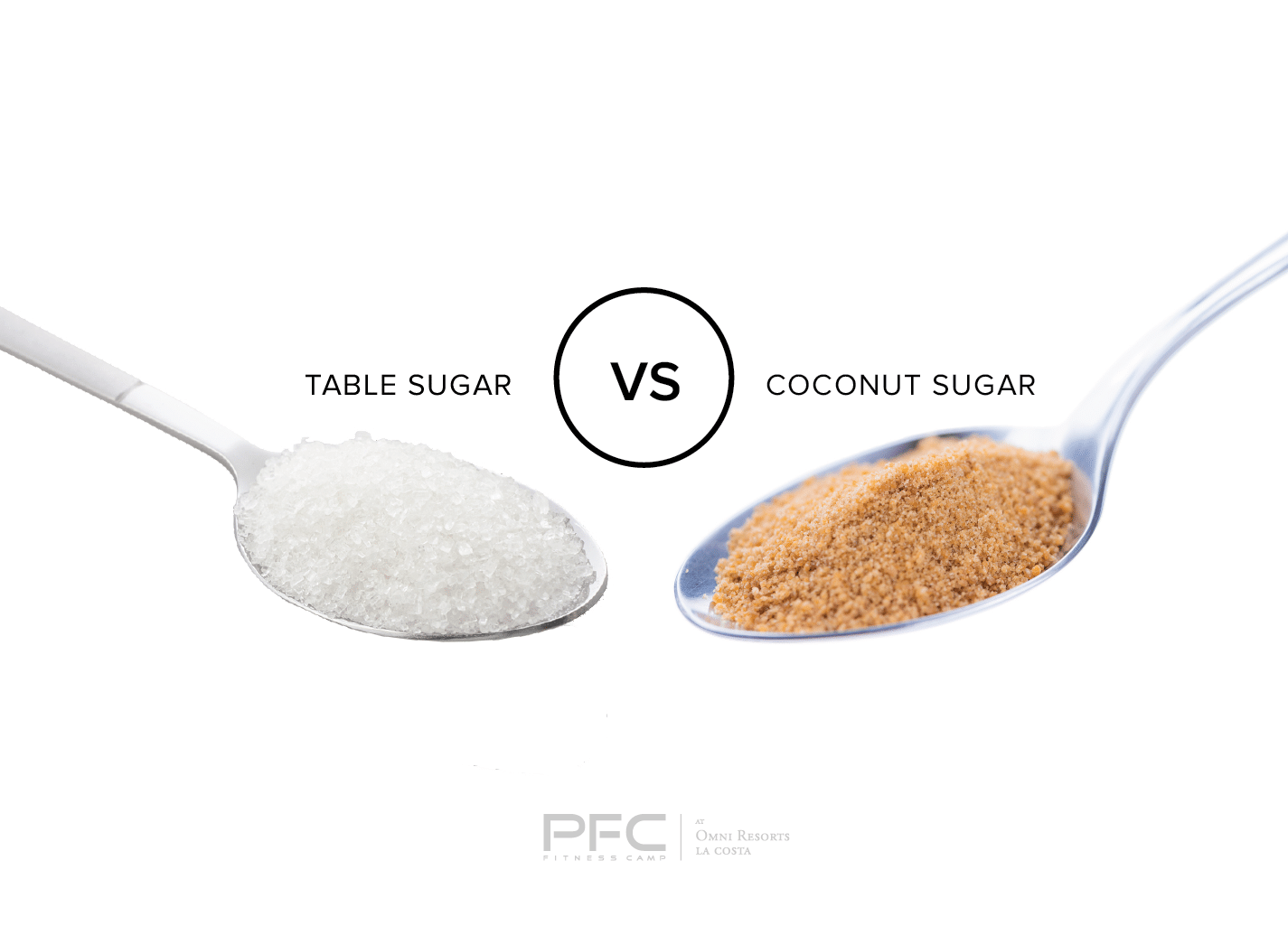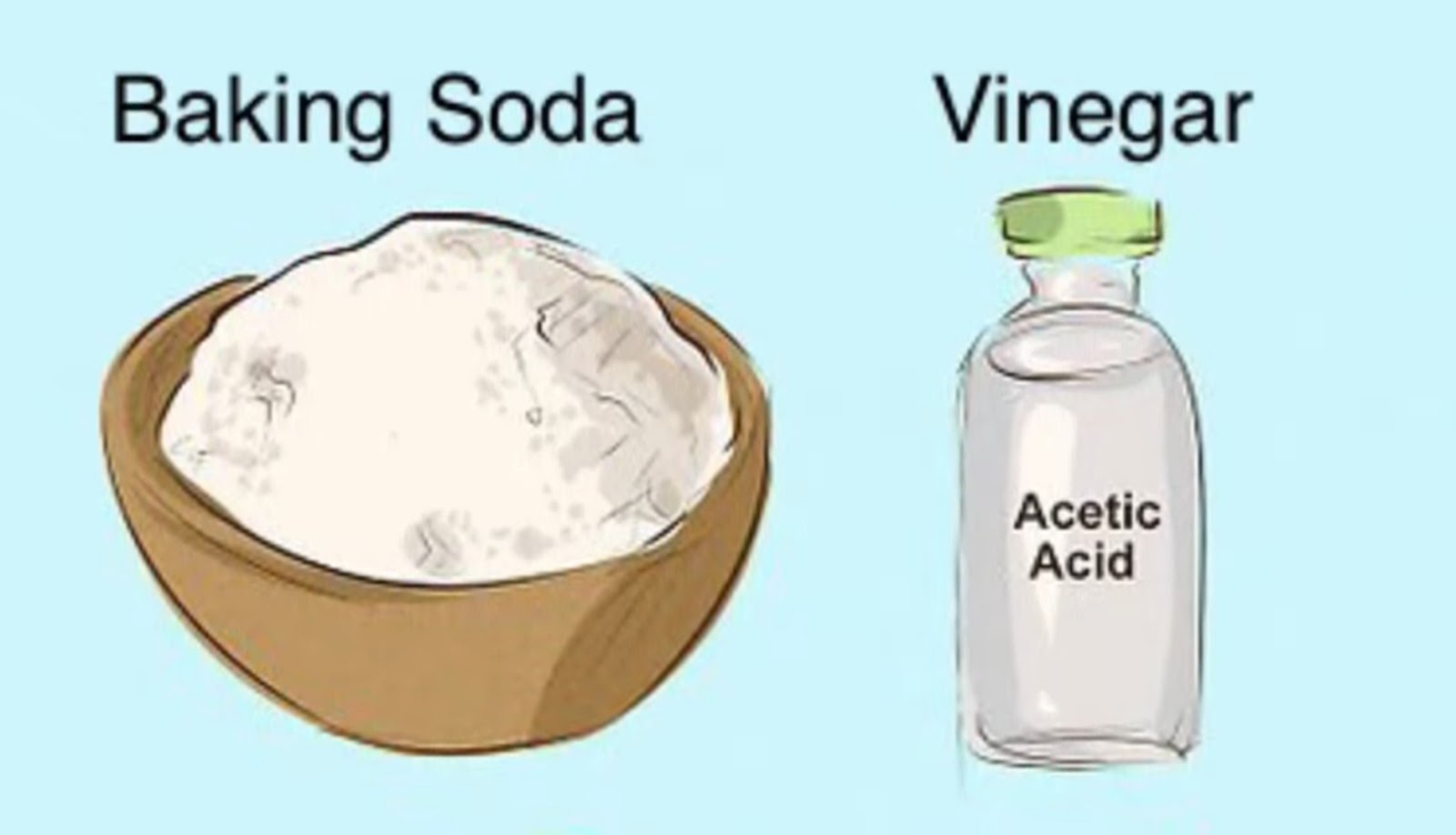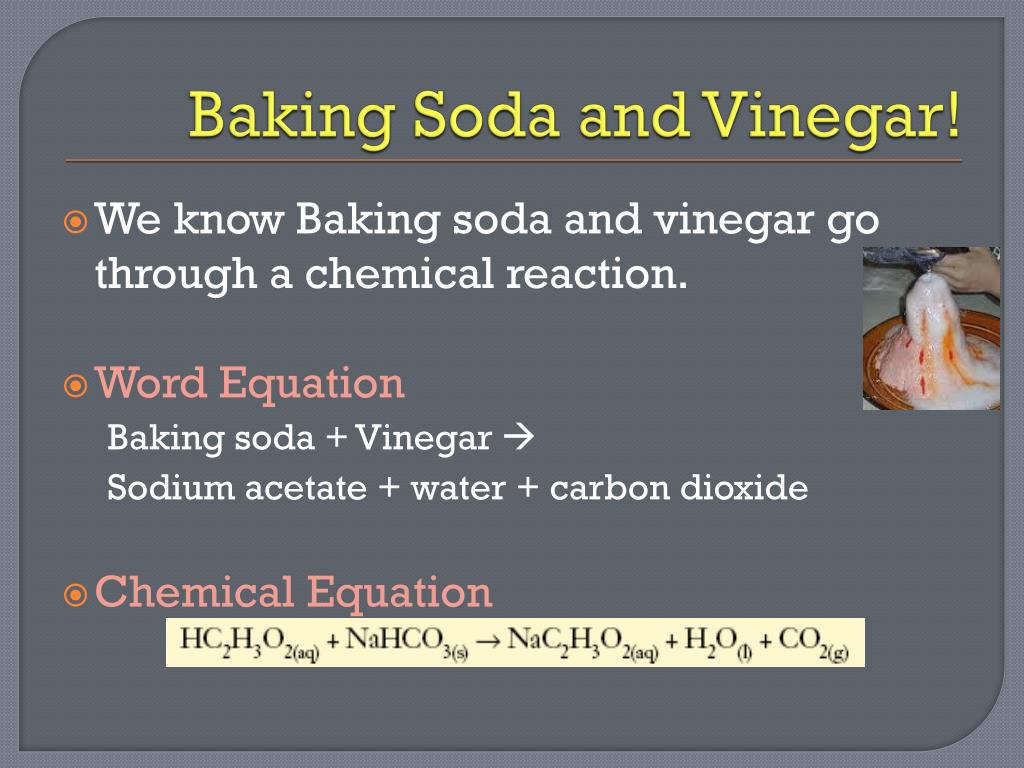
Coconut sugar vs granulated sugar offers cooks choices with different sweetness levels and subtle flavors. Understanding each sugar enhances recipes.
Selecting the right sweetener is crucial in baking and cooking, directly influencing a dish’s flavor, texture, and overall success. The choice between different types of sugar extends beyond mere sweetness.
Mastering sugar selection unlocks a deeper understanding of flavor profiles and textural nuances in culinary creations. This knowledge allows for precise adjustments, improving the final product’s taste and mouthfeel.
The use of granulated sugar dates back centuries, becoming a staple due to its affordability, versatility, and consistent results in various recipes. Coconut sugar, with its lower glycemic index, has gained popularity more recently as a perceived healthier alternative.
For home cooks, deciding which sugar to use can be a matter of personal preference, dietary needs, or the specific requirements of a recipe. Different recipes require different sugars.
Common misconceptions include the assumption that coconut sugar is drastically healthier than granulated sugar; while it may have a slightly lower glycemic index, it is still sugar. Understanding these subtle differences is key.
Let’s delve deeper into the properties of each sweetener, exploring how their distinct characteristics impact culinary outcomes. Explore the following tips to elevate cooking skills by choosing wisely between these staples.
Flavor Complexity
The choice between coconut and granulated sugars significantly shapes the final flavor profile of any dish. Each sugar brings a unique character, influencing the overall sensory experience.
-
Subtle Nuances of Coconut Sugar
Coconut sugar offers more than mere sweetness; it infuses a subtle caramel or butterscotch-like undertone. This adds depth, complexity, and warmth that works particularly well in rustic baked goods or rich sauces. In contrast to the straightforward sweetness of granulated sugar, coconut sugar lends a more sophisticated, layered flavor.
-
Clean Sweetness of Granulated Sugar
Granulated sugar provides a clean, direct sweetness without imparting additional flavors. This quality makes it incredibly versatile, perfect for recipes where a neutral sweetness is desired. This allows other ingredients to shine through, or when precise sweetness levels are crucial, like in delicate pastries or beverages.
-
Impact on Complementary Flavors
The choice of sugar affects how other flavors in a recipe are perceived. The caramel notes in coconut sugar can enhance spices like cinnamon or nutmeg, while the neutrality of granulated sugar allows the brightness of citrus or the boldness of chocolate to take center stage.
-
Balancing Act in Savory Dishes
While both sugars are primarily used in sweet applications, they can subtly influence savory dishes. A pinch of coconut sugar in a marinade can add a touch of caramelized complexity, while granulated sugar may contribute a simpler sweetness to balance acidity in a tomato sauce.
Ultimately, appreciating flavor complexity allows cooks to thoughtfully choose between coconut and granulated sugar. By considering the intended flavor profile, this choice unlocks creative possibilities in the kitchen.
Glycemic Impact
Glycemic impact serves as a key consideration when choosing between coconut and granulated sugars. It defines how quickly the body absorbs glucose from each sweetener, influencing blood sugar levels.
-
Defining Glycemic Index (GI)
Glycemic Index (GI) measures how rapidly a food raises blood glucose levels on a scale of 0 to 100. Foods with a higher GI cause a quicker surge in blood sugar, while those with a lower GI are digested and absorbed more slowly. Granulated sugar generally has a higher GI than coconut sugar.
-
Coconut Sugar’s Lower GI
Coconut sugar often boasts a slightly lower GI than granulated sugar due to the presence of inulin, a type of fiber that can slow glucose absorption. However, variations exist, and factors such as processing methods affect the final GI value. Claims of dramatically lower GI should be approached cautiously.
-
Granulated Sugar’s Rapid Absorption
Granulated sugar, particularly white sugar, consists almost entirely of sucrose, which quickly breaks down into glucose and fructose. This leads to a faster rise in blood sugar levels. Individuals managing diabetes or seeking stable energy levels often consider this rapid absorption when choosing sweeteners.
-
Impact on Energy Levels and Satiety
The differing glycemic impacts of coconut and granulated sugars can influence energy levels and feelings of fullness. Coconut sugar’s slower release of glucose may lead to more sustained energy and potentially reduce cravings. The quick spike and subsequent crash from granulated sugar can contribute to energy fluctuations.
Understanding these differences helps individuals align sweetener choices with their dietary goals and health considerations. While coconut sugar might offer a modest advantage in terms of glycemic impact, moderation and awareness of overall carbohydrate intake remain crucial.
Usage Applications
Exploring usage applications highlights where each sugar truly shines, turning mere ingredients into keys to flavor and texture. The distinct properties of coconut and granulated sugars make them suited for very different roles in the kitchen.
-
Baking: Texture and Structure
In baking, granulated sugar contributes to the structural integrity of cakes and cookies, creating a light, airy texture. Conversely, coconut sugar, with its coarser texture and molasses-like flavor, adds a chewy density and rustic charm to muffins or brownies. The choice impacts both the taste and mouthfeel of the final product.
-
Beverages: Dissolvability and Clarity
Granulated sugar readily dissolves in liquids, making it ideal for sweetening beverages like iced tea or lemonade. Coconut sugar, however, may require more stirring and can impart a slight caramel hue, subtly altering the drink’s appearance and flavor profile, potentially complementing coffee or richer drinks.
-
Sauces and Syrups: Flavor Depth and Viscosity
When crafting sauces or syrups, granulated sugar provides a clean sweetness, allowing the other ingredients’ flavors to stand out. Coconut sugar brings a deeper, richer sweetness, enhancing sauces intended to have a caramel-like or molasses-infused character. The sugar also influences the sauce’s viscosity and color.
-
Preserves and Jams: Preservation and Set
Granulated sugar’s high sucrose content aids in preserving fruits when making jams and jellies, and contributes to the desired gel-like set. Coconut sugar can be used, but may require adjustments to pectin levels or cooking times to achieve a similar consistency and ensure proper preservation.
Ultimately, the best choice hinges on the desired outcome. Whether seeking a delicate crumb in a cake or a deep caramel note in a sauce, understanding each sugar’s unique characteristics will elevate culinary creations. Experimentation unlocks the full potential, transforming simple recipes into delightful experiences.
Tip Metadata
- Category: Ingredient Substitutions
Time & Effort
- Estimated Time: 5 minutes
- Skill Level: Beginner
- Impact: Enhances flavor profiles, tailors sweetness levels, and accommodates dietary preferences.
Tools or Materials Needed
- Recipe requiring sugar
- Coconut Sugar
- Granulated Sugar
- Measuring cups/spoons
Step-by-Step Guide
- Step 1: Analyze the Recipe’s Flavor Profile Evaluate the intended taste of the dish. A clean sweetness calls for granulated sugar, while a deeper, caramel-like note suggests coconut sugar.
- Step 2: Consider the Desired Texture Determine the importance of texture. Granulated sugar promotes a light, airy structure. Coconut sugar imparts a denser, chewier quality.
- Step 3: Assess Sweetness Levels Note that coconut sugar is slightly less sweet than granulated sugar. A small increase in the amount of coconut sugar may be necessary to achieve the same sweetness level.
- Step 4: Substitute Granulated Sugar with Coconut Sugar (or Vice Versa) Begin by substituting granulated sugar with an equal amount of coconut sugar. Taste the batter/mixture and adjust as needed to achieve the desired sweetness and flavor profile.
- Step 5: Adjust Liquid Ratio (If Necessary) Coconut sugar absorbs more moisture than granulated sugar. If the batter or dough appears dry, add a small amount of liquid (e.g., milk, water) to maintain the correct consistency. This adjustment is particularly important in baking.
A common mistake is assuming a 1:1 substitution will always yield identical results. Each sugar has its own unique properties, so adjustments may be required. Experimentation and tasting are key to success. Recipes with high liquid content are more forgiving when substituting sugars. For recipes that rely heavily on sugar for structure (e.g., meringues), granulated sugar is generally irreplaceable.
Pro Tip or Variation
For a more complex flavor, try combining both coconut sugar and granulated sugar in equal parts. This leverages the benefits of both sugars and creates a nuanced sweetness. Its also beneficial when looking to reduce the total amount of granulated sugar used.
Best Practices & Expert Tips
- Taste as You Go Adjust the amount of either sugar based on personal preference; sweetness perception is subjective.
- Consider the Recipe’s Structure Granulated sugar contributes to aeration in baking, so significant substitutions may alter texture.
- Experiment with Ratios Combine both sugars for a balance of flavor and texture, starting with equal parts and adjusting to taste.
- Adjust Liquid Levels Coconut sugar absorbs more moisture; be prepared to add a touch more liquid if the batter seems dry.
- Use High-Quality Coconut Sugar Lower-grade coconut sugar can have an unpleasant aftertaste or inconsistent particle size.
Variations & Common Mistakes
- Maple Sugar Substitution Use maple sugar for another natural sweetener with a distinct flavor profile, adjusting for its sweetness.
- Brown Sugar Variation Dark or light brown sugar can replace granulated sugar for a more molasses-like flavor and chewy texture.
- Ignoring Sweetness Differences Substituting equal amounts without tasting can result in under- or over-sweetened dishes.
- Overmixing After Substitution Coconut sugar can cause baked goods to become dense if overmixed; handle the batter gently.
- Assuming Identical Caramelization Coconut sugar caramelizes differently than granulated sugar, affecting color and flavor development.
Summary & Final Thoughts
Understanding the subtle differences between coconut sugar and granulated sugar empowers you to elevate your cooking and baking, unlocking new dimensions of flavor and texture.
This knowledge isn’t just for professional chefs; it’s a versatile skill that can be applied to a wide range of dishes, from simple weeknight dinners to elaborate weekend baking projects, regardless of your cooking experience.
We encourage you to experiment with these sugars in your own kitchen, discovering which best suits your palate and culinary creations. Share your favorite substitutions and tips in the comments belowwe’d love to hear about your experiences!
Happy cooking!
Images References :
Image used for illustration purposes only. All rights belong to their respective owners.


